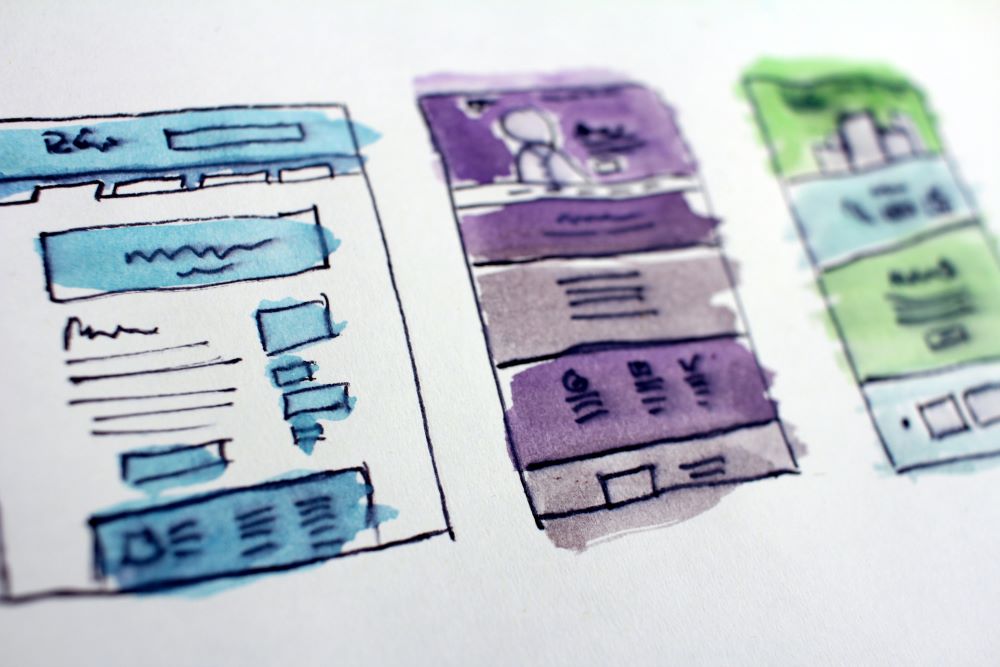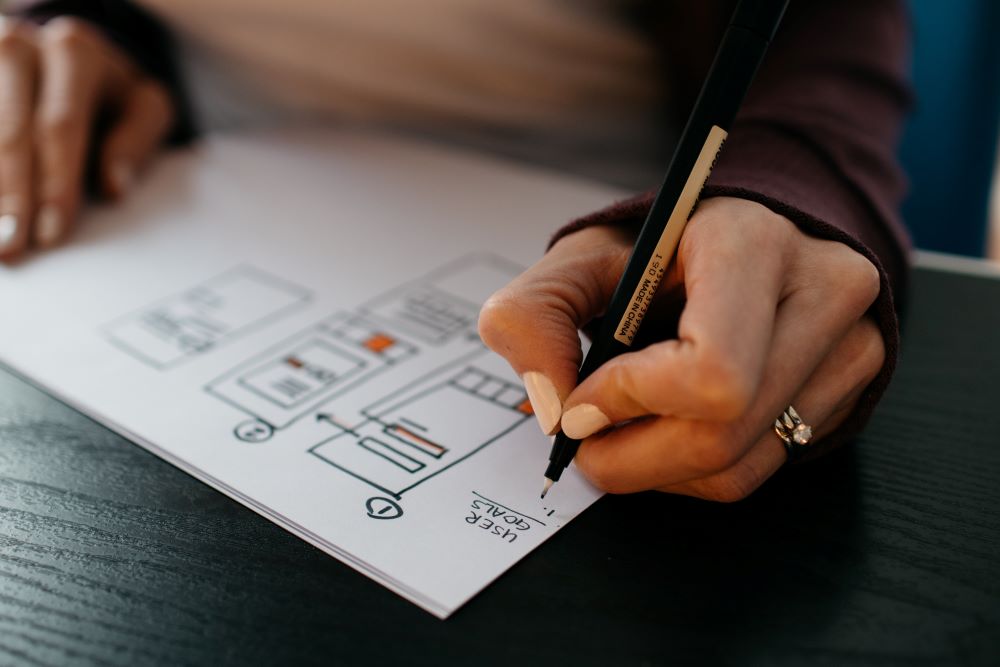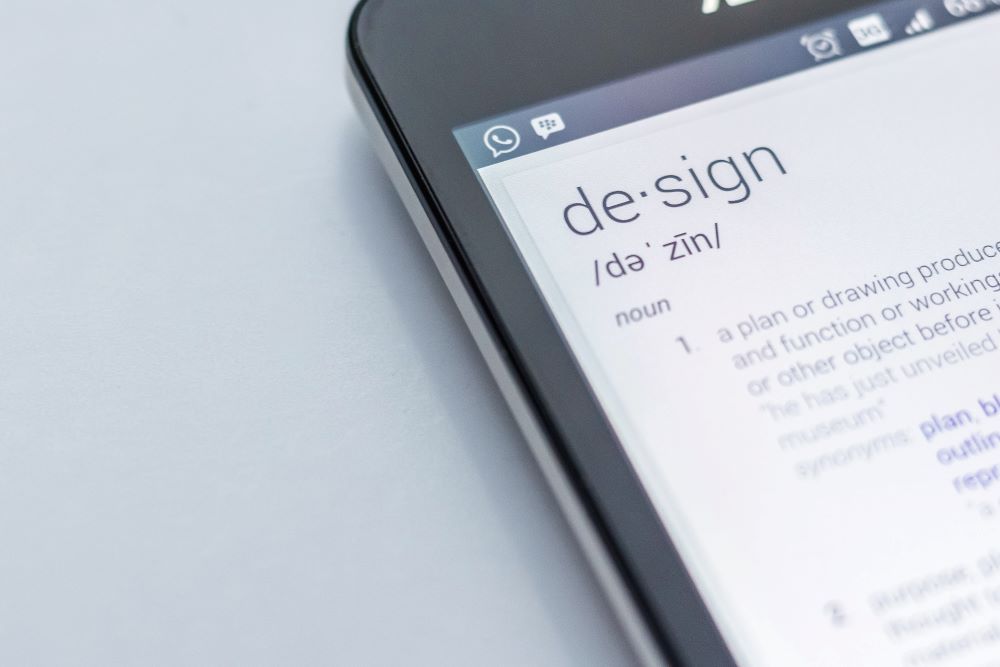The need for a website for businesses today is self evident, with the climb from one website in 1991 to 1.74 billion websites today. The fangs of the internet are buried deep in our necks and there’s no escaping its grasps if you want to have a successful business. Having said that, a mere ordinary and informational website for your business is dime a dozen. To wheel away from underperformance, your website must make a good first impression, deliver your purpose, guide your user and ascertain their benefits. To acquire it all, your website design must be in line with a few essential matters. To emerge different from your competition, here are 8 points that will help you boom.
1) Strategize the Ws of Your Website

2) Turn to Custom Website Design

First impressions are 94% design-related making design vital in a website. A standard layout and a generic template will not be fitting for every business. Your purpose is unique and so your layout must fit the bill of your information. If you have a lot to say, it is not possible for a straightforward design layout to say it all. Another reason to custom design your website is distinguishability. You do not want to be a doppelganger but an original. Your website design must also resonate with how your brand looks and feels. With all this in mind, it is best for your website to have a custom design to appropriately convey your brand values. And the easiest way is by replication of your brand colors.
3) Sync Brand Colors With Your Website

4) Devise Alluring Copy

5) Make Navigation Easy With CTA

6) User-Centric Website Design

7) Use Visuals That Represent Your Brand

8) Bear in Mind Mobile Users

57% of internet users say they won’t recommend a business with a poorly designed website on mobile. The consumption of the internet is through various devices and to effectively meet the growing mobile population, your website should work wonders on all sizes of screens. Flexibility in design paves the way for a mobile friendly website. Your website design should stay intact within the diminished space on mobile screens. A mobile responsive website design pulls your act together because it provides the optimal user experience.
The top 8 aspects for an effective website design are the most important of the many. The factors that make your website successful are manifold. Increasing traffic and generating leads only take the top of the triangle, whereas, engaging copy, navigable design and other components make the base. To comprehend all aspects in detail, funnel your website design with us. Designing your website might be like finding a needle in the haystack but early strategizing and organizing your website will bring it into the realms of success with the blink of an eye.



